Baking 101: Baking Basics for Beginners
The Beginner’s Guide to Baking + Simple and Easy ways to improve your Baking

What is that something that every beginner baker should know?
What should a beginner bake?
Why is baking so difficult at times?
Everything is so confusing. So many recipes everywhere!
If you are a beginner baker and want to get started with step by step baking at home, this post is for you.
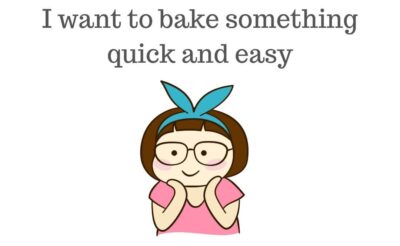
Baking can get on your nerves if you are a beginner and you see there is a sea of information when it comes to dos and don’ts.
This post is going to help you get acquainted with the baking basics and will also help you know what and how ingredients work in the science of baking. So get yourself a cup of tea or coffee before you start reading.
If you are brand new to baking and have not yet made your first cake, I suggest you must read my Recipe Roadmap eBook to get a fair idea on what to bake first. Download here for free.
Basics of Baking
What is baking and how is it different from cooking? Cooking is very generous in terms of the output. Even if you go wrong a little bit or skip an ingredient, it is forgiving and your dish is still delicious and looks perfect to eat.
But with baking, if there is lack of precision while measuring ingredients or setting the wrong oven temperature, you are doomed! (not literally!)
Welcome to the world of baking.
Basic Baking Tools
If you just want to give baking a try, then you do not need a whole load of tools. Just a whisk and a cake tin are fine.
But if you want to pursue home baking, there are few baking tools that you need to have before you start and I have listed them in detail in this post: 10 Beginner Baker Tools you need to start baking
Basics of Ingredients
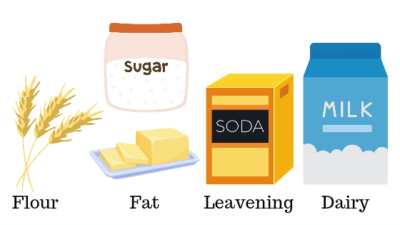
There are five basic ingredients present in any cake made without eggs:
- Flour
- Fat
- Leavening Agents
- Dairy, and
- Sugar
Let’s explore all one by one.
Flour
There are different types of flours which you can use for baking at home:
- All-purpose Flour
This flour is used widely for making baked goodies and is perfect for beginners. - Whole-wheat Flour
A healthier version of the all-purpose flour which is good for home-baking. This flour does not give commercial bakery style results but is good for regular home baking as it is healthier. - Millet Flour like Ragi, Bajra etc

- Cake Flour
Using this flour gives you softer cakes and cookies. This flour is not suitable for making bread as bread needs a strong flour. - Pastry Flour
Used for making pastries like pie crust. - Bread Flour
As you explore baking at home, you can try baking breads and buns using a special type of flour i.e. bread flour which is specially designed for baking breads. This flour is high in protein and gives good results with baking bread. - Almond flour
If you would like to try your hand at making gluten-free bakes, go for this flour. This flour is used by people who cannot digest gluten due to an auto-immune disorder known as the celiac disease.
Leavening Agents
The ingredient which makes your cake rise. Leavening agents are Baking Powder and Baking Soda. A recipe can use only one of them or sometimes both to make use of their leavening properties combined.
Do not substitute baking powder for baking soda or vice-versa as both of them are different in their chemical structures and act differently in a cake recipe.
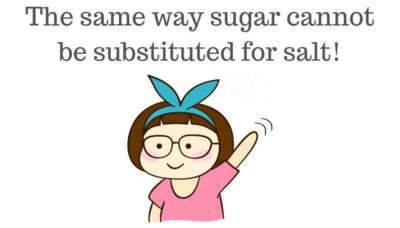
Yass girl!
Dairy
This includes all dairy products used in the cake batter except butter i.e., Milk, Yogurt, Sour Cream, Buttermilk, etc
Few recipes will need you to use thick Greek yogurt whereas few will work fine with using homemade regular yogurt as well. Make sure you read the recipe right.
Fat
Butter/Oil is generally the type of fat used in homemade cakes.
Commercial bakeries or packet cakes use margarine, palm oil and Dalda (hydrogenated vegetable oil-also available as CRISCO in the USA), extensively to reduce the making costs and get a higher profit margin. That is obviously not healthy for consumption.
Avoid using these types of fat for home baking. Prefer using salted/unsalted butter and an odorless oil in cakes and cookies.
Baking Tips for new bakers: Read the full post here
Sugar
The ingredient that gives cakes its signature sweetness and flavor.
There are five types of sugar which are used prominently in baking in India and worldwide depending on the recipe and type of bake:
- White Sugar – No Molasses content
- Dark Brown Sugar – High Molasses content added to regular white sugar
- Light Brown Sugar – Low Molasses content added to regular white sugar – and hence the light color.
- Jaggery – a healthier version of white sugar that is processed before white sugar is extracted.
- Demerara Sugar/Coffee Sugar – A sugar that is used in teas and coffees and has a large size of each crystal as compared to regular sugar. This sugar is generally used for sprinkling over baked goodies. You can substitute this with brown sugar too.
There are other variants of sugar like the Muscovado and Turbinado which have varying amounts of molasses in them and are used differently to make different recipes. If you want to know more about sugars, you can read this article.
There are few basics of baking a variety of things like cakes, muffins, bread and cookies which a beginner needs to follow.
Baking Basics of Cakes & Muffins
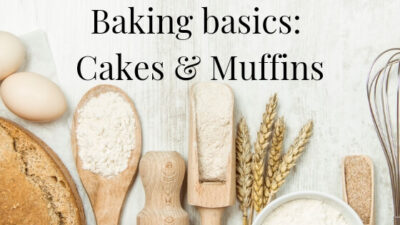
The baking basics when making melt-in-mouth cakes and muffins are simple and easy to follow once you keep a check on these things:
- Do not overmix the cake batter.
- Do not make substitutions or skip any ingredient. Make a recipe only if you have all ingredients.
- Make sure you have enough time on your hands when you are baking as you may take longer than the estimated time when you are doing it for the first time.
- Bake for the time and temperature mentioned in the recipe. Do not change both of them.
- Muffin batter is generally on the thicker side. Do not add extra milk or water as it will change the consistency of the muffin when it finishes baking. Muffins are a bit denser and not quite fluffy as compared to cakes and cupcakes.
How to know if you have mixed the cake batter correctly?
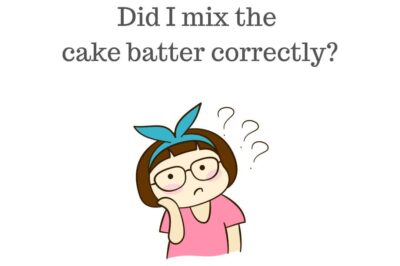
Most of the times, new bakers do not feel confident if they have mixed the batter correctly or if something else is needed to be done. Just make sure there are no specks of flour or butter or any white patches of dry ingredients which may not have been mixed properly.
If you see such specks, immediately mix the batter properly. If you bake a cake without mixing properly, your cake may sink or become hard from the top, etc.
Baking Basics of Cookies

The yum tasty cookies. There is nothing else like fresh and warm cookies. To achieve cookie perfection, keep these things in mind.
My top 3 cookie tips:
- Do not knead the cookie dough. Just bring everything together.
- Always refrigerate the cookie dough for at least 3-4 hours or preferably overnight before you shape it and make cookies.
- When the cookies are done baking, immediately transfer them to a wire rack. This prevents further cooking.
Baking Basics of Bread
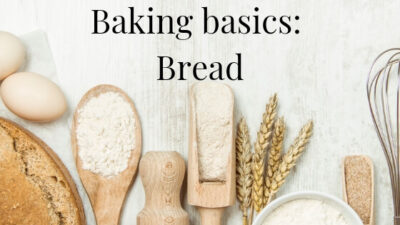
Bread looks similar to cake with only difference being in two things:
- It is not as sweet as cake.
- It is chewier and dry in texture unlike cakes which are known for their softness and a moist tender crumb.
For achieving this chewier texture, the dough needs to go through a large amount of kneading unlike cakes where overmixing kills the cake.
If you are going to make bread for the first time, here are few pointers for you:
- Prefer using instant dry yeast so that you can directly mix it in the flour.
- If you are unsure about the yeast and whether it will work or not, bloom it first before adding to the flour. This applies for both active dry yeast and instant dry yeast.
- Knead the right way. Yes there is a right and wrong technique with kneading a bread dough.
- Needless to say, start with a simple recipe first that uses all-purpose flour. Avoid attempting whole wheat flour breads as they are difficult to master. You will get much better results with all-purpose flour if you are a beginner.
- Keep yourself open for any baking fails like a dense bread loaf as this happens with most of the beginners and the key is to keep trying and not give up as this skill requires a lot of practice and patience.
Skipping Ingredients and Making Substitutions

The most important rule of baking: Do not make substitutions when you are new to baking.
A common mistake beginners make is substituting baking soda for baking powder and vice-versa which is criminal. Their chemical structure is different and so will be the final result.
Once you get a hang of baking, you may experiment by trial and error to see if a substitution works out for you.
Also, skipping an ingredient entirely will also do you no good as your cake will be affected with the absence of an entire ingredient. See, how baking is way different than cooking.
Few substitutions that you can make as a beginner:
- You can make buttermilk by adding 1 teaspoon of vinegar to the same amount of buttermilk mentioned in the recipe. Suppose a recipe calls for 100 ml of buttermilk and you do not have buttermilk in your pantry, you can make buttermilk by adding 1 teaspoon of vinegar to 100 ml of milk. The milk will separate and then can be used as a substitute for buttermilk.
- You may substitute White Vinegar with Lemon Juice if you do not have vinegar on hand. Substitute with the same amount.
- Do not substitute butter for oil and vice versa. Again, they are not same and so your final result will get affected.
Final Thoughts
Baking may seem overwhelming when you begin but once you follow the baking basics and approach it step by step, it becomes doable.
Here are few baking tips for you when you are new to baking:
- Do not skip any ingredient. Very important.
- Do not overmix the cake batter.
- When making cookies, do not knead the cookie dough.
- Follow the recipe religiously and do not change the baking pan.
- Do not change the order in which you mix the ingredients. Do what the recipe says.
- Do not go with your instincts and make changes to the recipe.
Pin this article to read later.
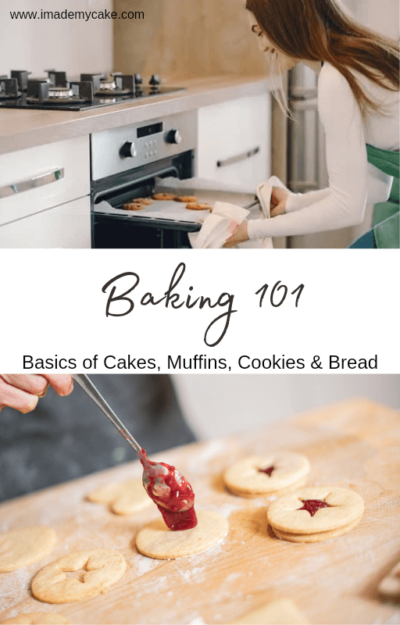
More articles to read:
How to choose an Oven for home baking?
Microwave Oven v/s OTG: Which is better?
Which Hand-Mixer to buy for home baking?
Why to use a Kitchen Scale for baking





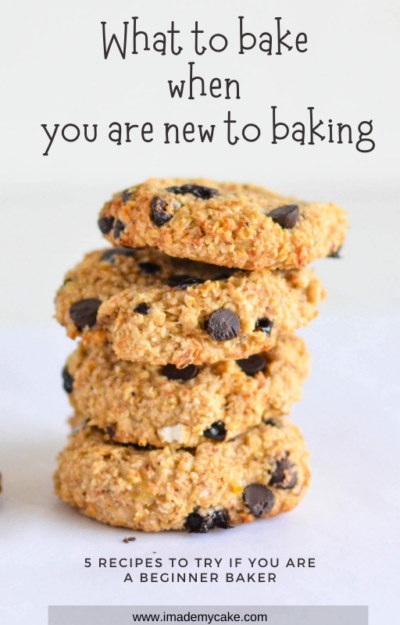
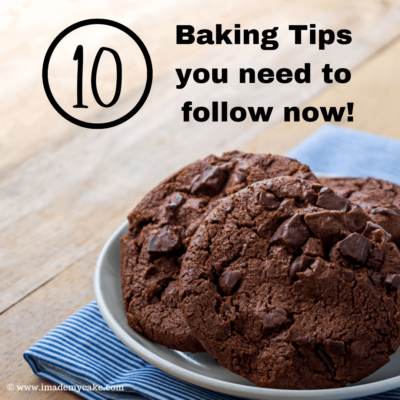
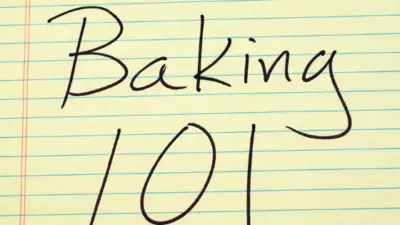
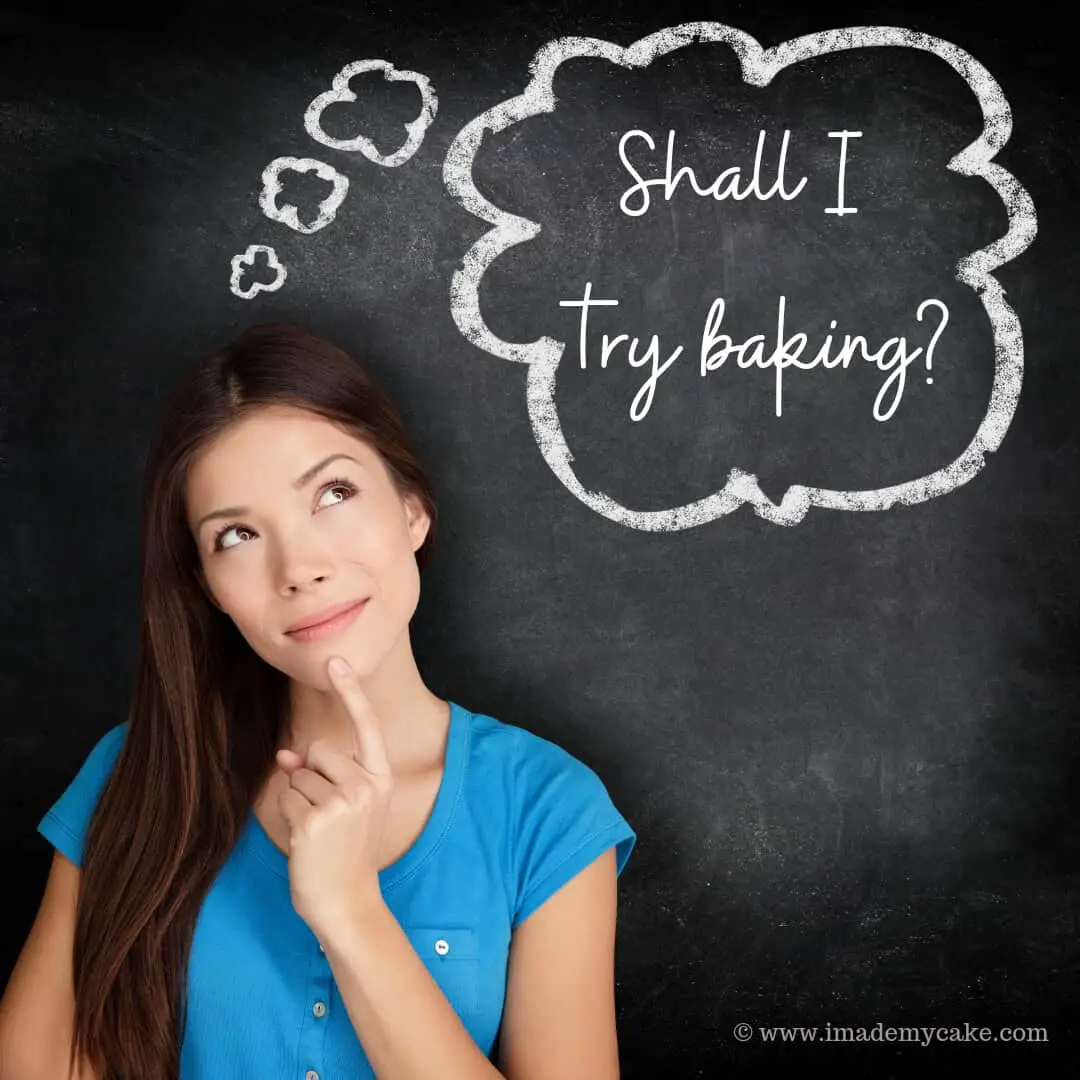


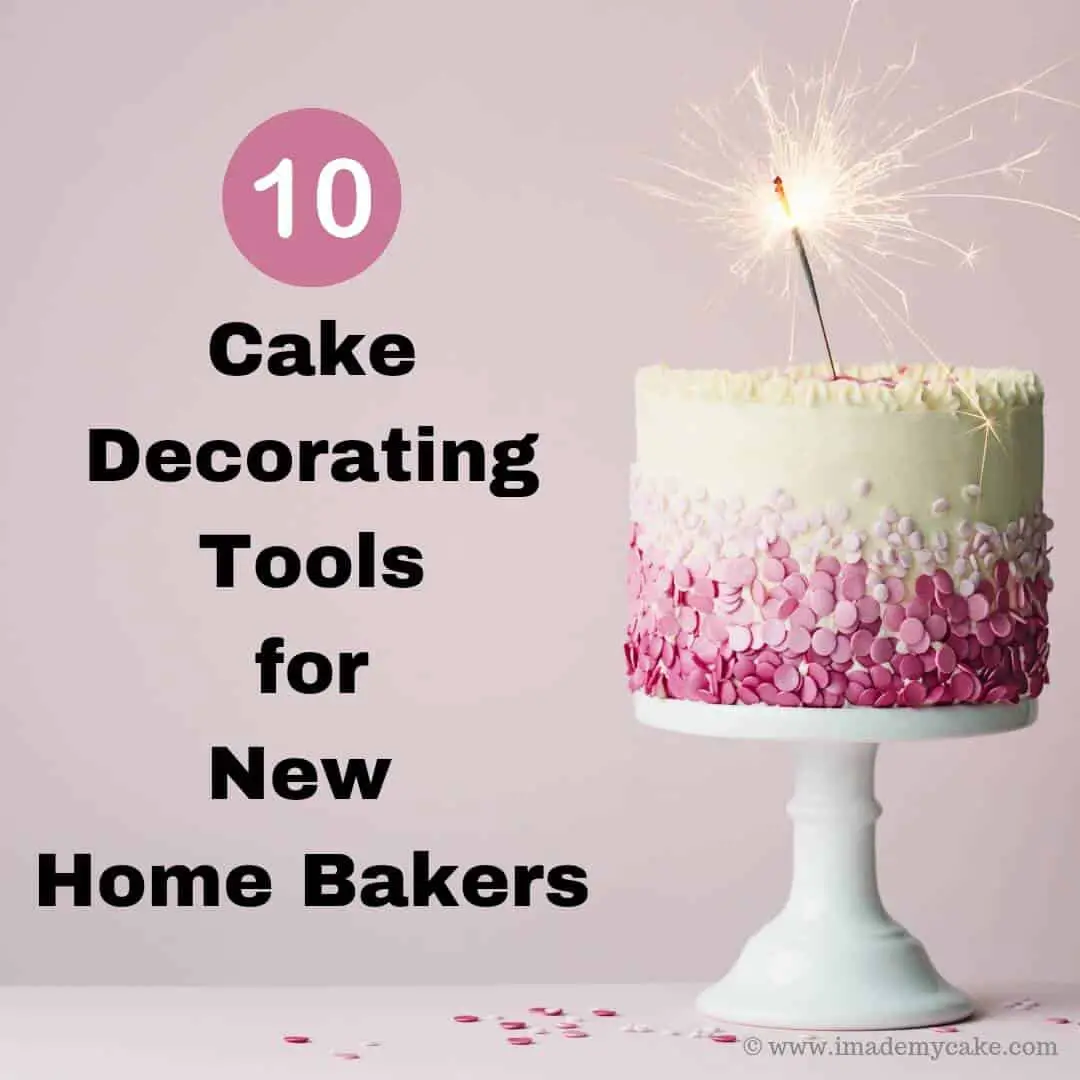
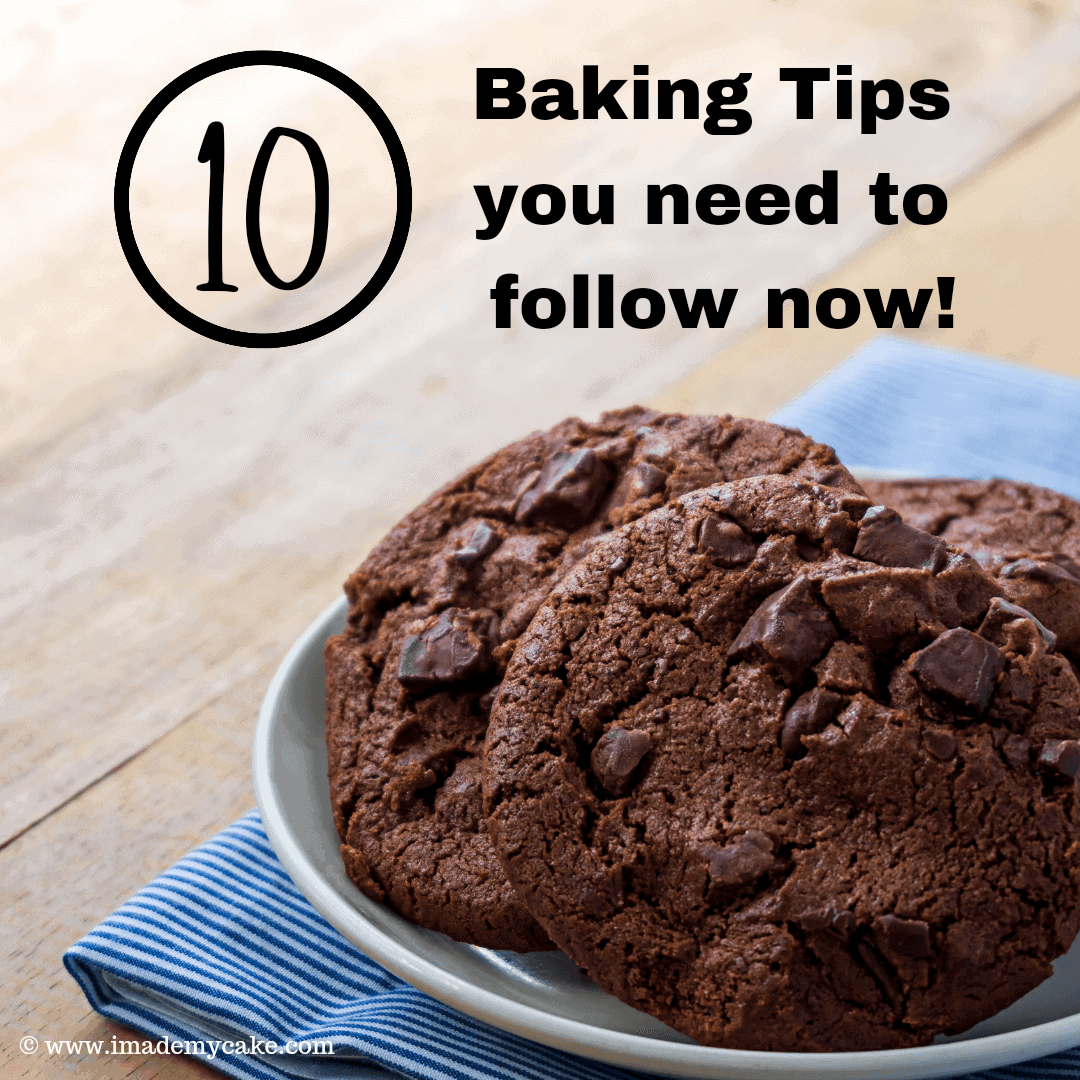
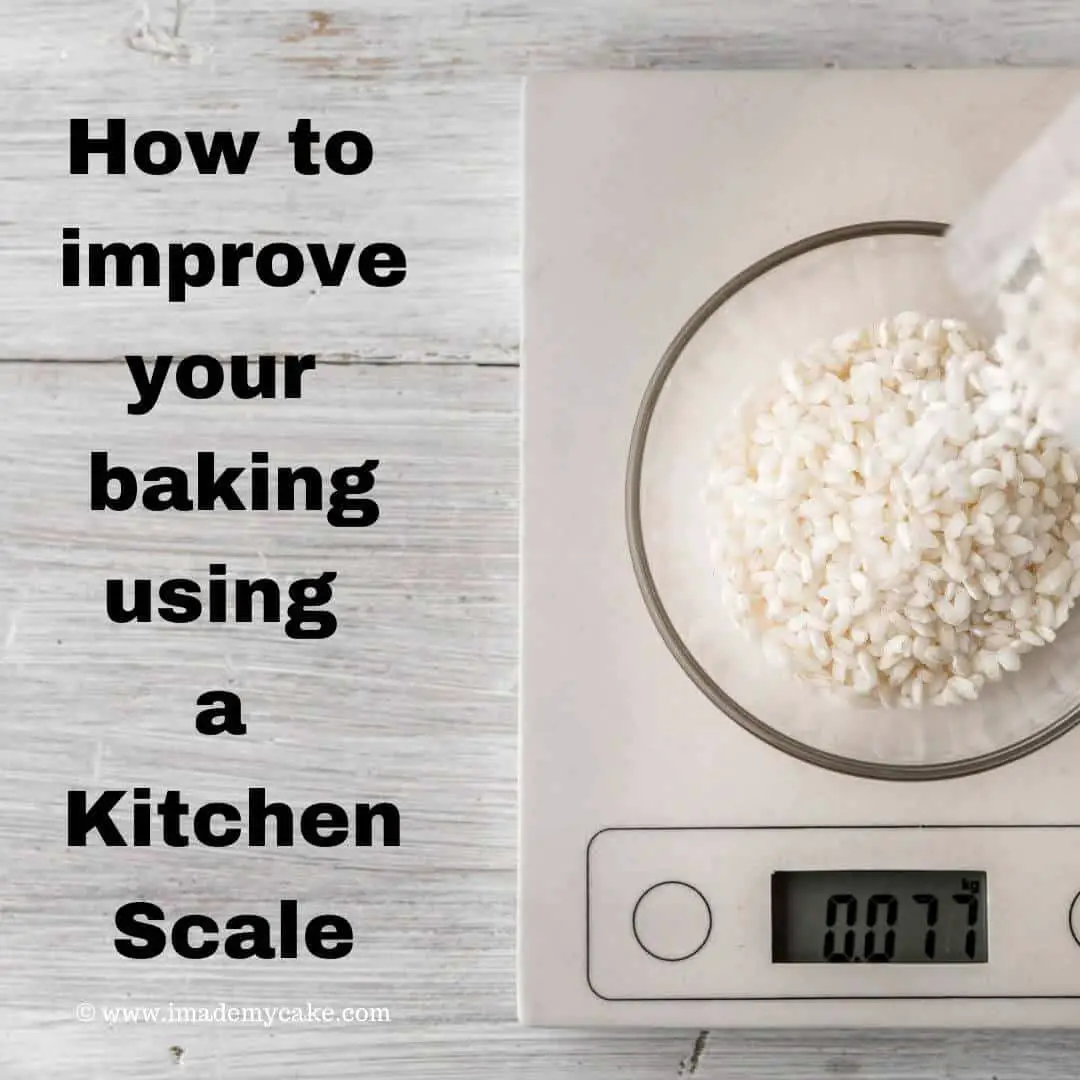
Leave A Comment